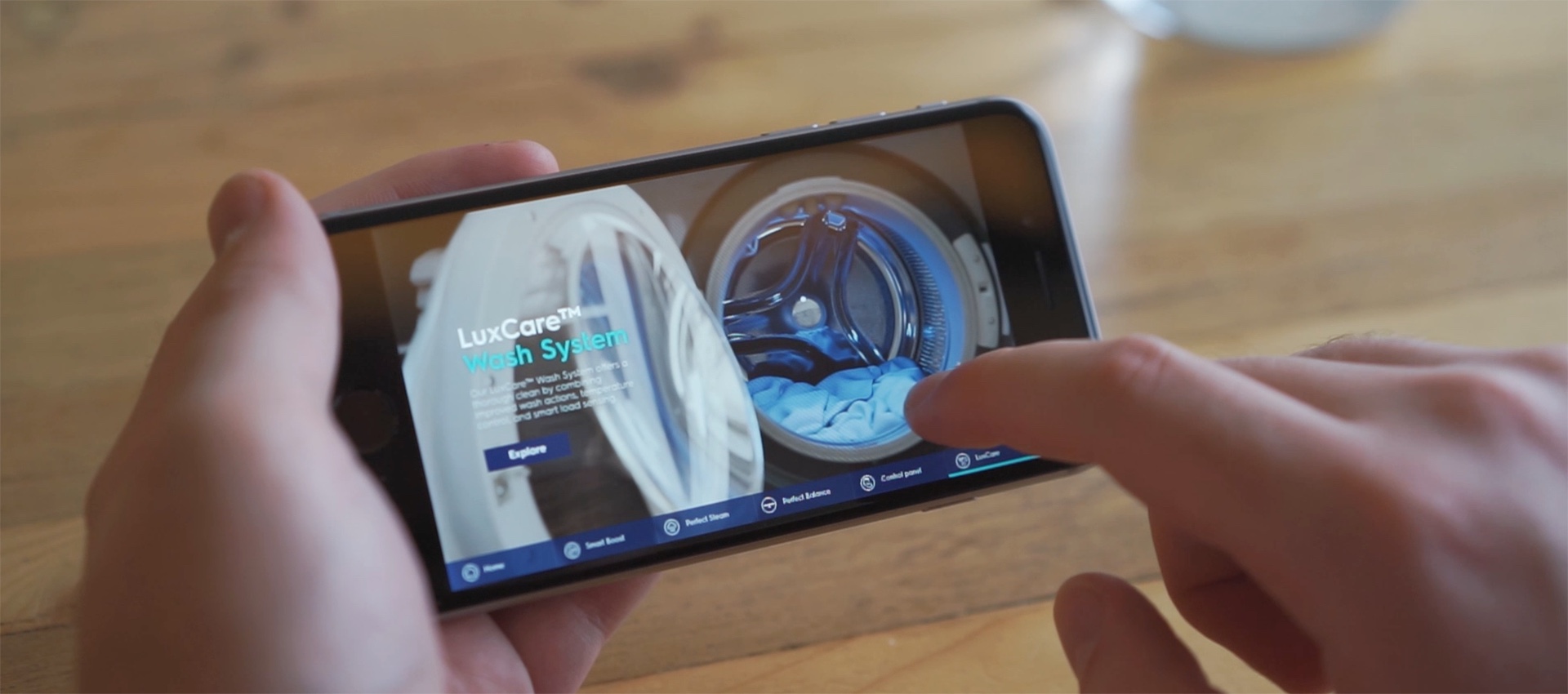What does the ideal product experience look like?
Let’s say you are shopping for a new fridge (or dishwasher, oven, television, pair of shoes, any product really). You have done your research: online reviews, spoken with friends, visited brand websites, retailer pages. But, you also want to really see the product you have in mind, maybe even get some “expert advice”.
“Can I help you?”
Imagine yourself walking into the first store and being confronted with the eager store attendant: “Can I help you?” To your surprise, this store attendant really does help you, tells you the difference between models, explains the different features, shows you how the products work, what makes some more expensive and others less so, but also why. After asking you specific questions about what you are looking for, the store attendant presents a few options that are exactly what you need. You choose and walk out with your new purchase, made in the nicest possible way.
In no way did you experience pushy behavior, no clichés were voiced like, “I have this exact model at home”. No one tried to sell you something because it was the item that had the biggest commission attached to it. You knew what you were buying and you did it gladly, confidently even.
Understanding consumers’ needs
If you think this sounds like a stretch, then consider the following: what if brands were able to reach every potential buyer equally, presenting the ideal store attendant that has deep knowledge of the products and an understanding of consumers’ needs? This is the reality for the countless digital stores that hide on the internet behind the screens of each device we use to browse it.
Many brands put vast effort into understanding their future product users (also known as “consumers”), figuring out what unique or special technology to develop that will bring satisfaction embodied by product features, or “benefits”. Yes, it is possible to convey much of this through copy and product videos. But, that is arguably passive and one-directional.
A digital, or virtual, shop assistant should be interactive. That would be much more pleasant, informative and could even be more fun. In short: a great deal more engaging.
Talk to us
In the next blog post in this series, we will take a deep dive into what it takes to provide an immersive product experience online. To continue the conversation online and learn more about making all products playable digitally, please follow us on Twitter @INDG


